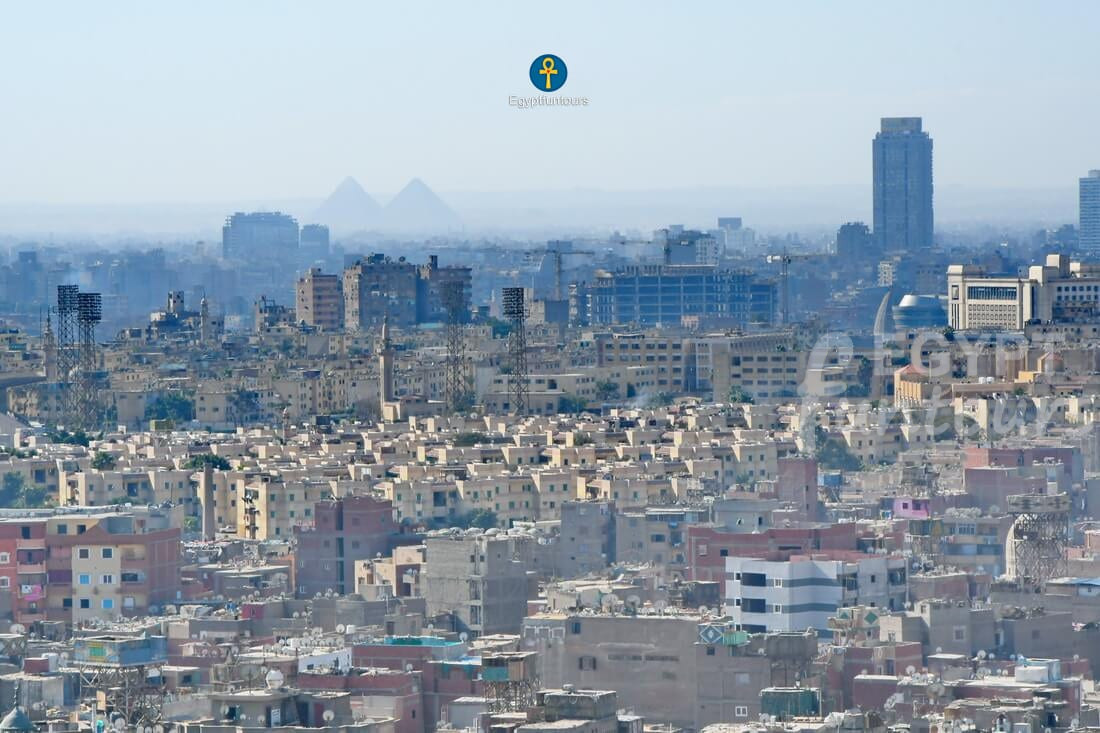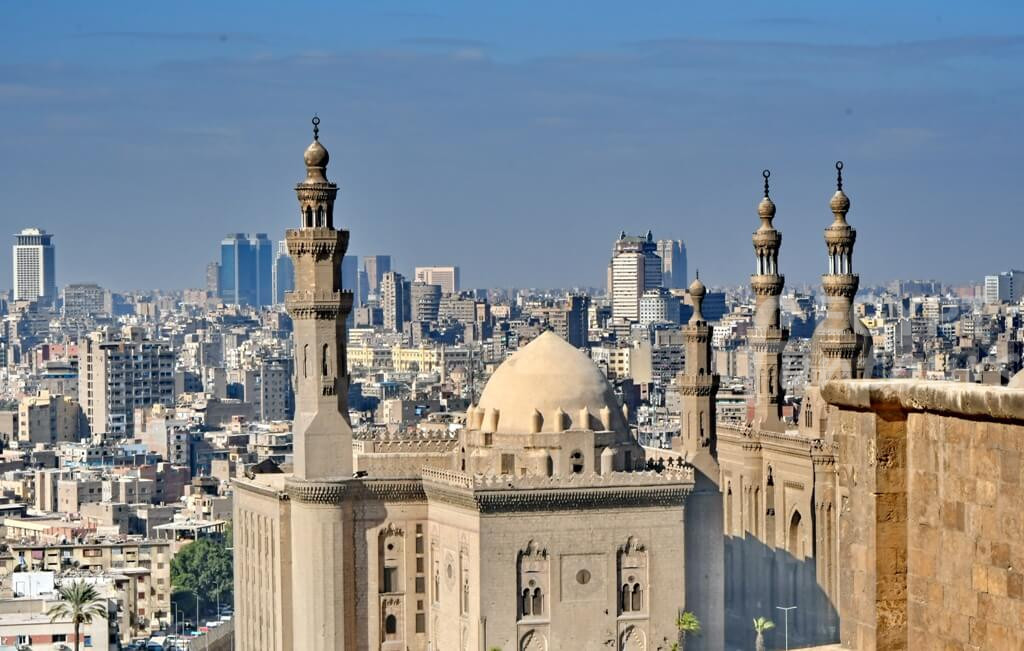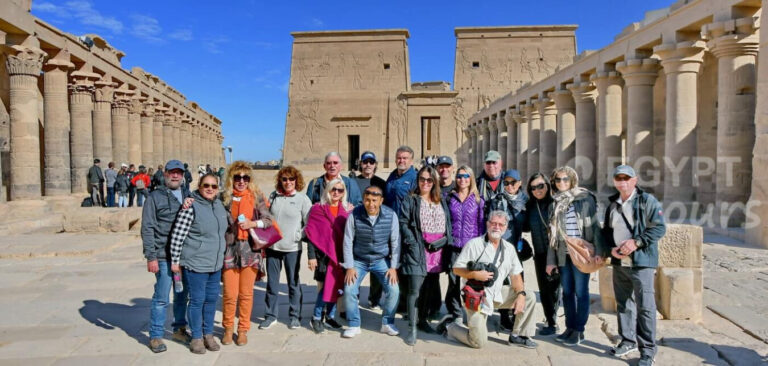Sultan Salah Al-Din
Sultan Salah Al-Din was a powerful ruler in Egypt and the Middle East. He ruled Egypt for 24 years but spent most of that time outside the country fighting the Crusades. People on all continents know the name of this great conqueror. He wanted to leave a lasting legacy and promote peace for ages. Salah Al-Din was a highly educated, courageous, and noble knight. He always showed mercy and generosity. He also created some of the most fascinating works of architecture, which transformed the path of an entire country.





























